Ethernet Cables: The complete guide

Ethernet cables are everywhere. From your home network to large enterprises to places where you wouldn’t expect them. Learning cable types and cabling is often regarded as less important than learning networks, but as a matter of fact it is one of the fundamental skills in the IT.
Cable structure
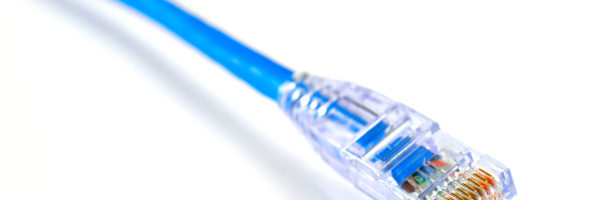 The first thing to understand is that a cable is made up of several things:
The first thing to understand is that a cable is made up of several things:
- The cable material: each cable has its own material. Early implementations of the Ethernet network used coaxial cables, nowadays the common material is copper using twisted pairs. In the future we expect to see fiber optic-based cables replace twisted pairs.
- The cable category: depends directly on the material and it is used to support different kinds of communications and speeds.
- The cable shielding: communications using electricity isn’t always reliable and it is subject to electromagnetic interference, that’s why some cables use shields to protect the twisted pairs.
- The cable connectors: cables end with a connector, most of the times you will see a 8P8C (8 positions 8 contacts) connector which is usually called RJ45 when speaking of Ethernet cables.
- The cable configuration: especially in twisted pairs, there are different configurations that relate directly to the connectors. More specifically there are two common names: straight-through cable and crossover cable.
Now that we have the big picture of each cable let’s analyse each one in detail.
Ethernet cable categories and materials
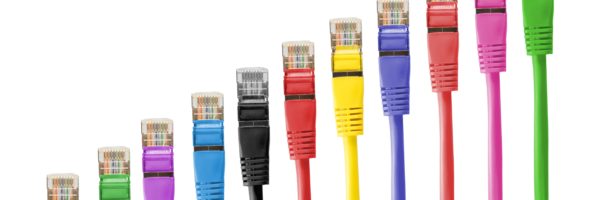 As we said in the beginning, there are multiple types of materials and for each type of material there are categories. Each material and category has a direct impact on the communication, the length and the bandwidth. Let’s take a look at twisted pair categories:
As we said in the beginning, there are multiple types of materials and for each type of material there are categories. Each material and category has a direct impact on the communication, the length and the bandwidth. Let’s take a look at twisted pair categories:
- Category 3 (cat3): this is the oldest standard used in the early days. It is commonly associated with plain Ethernet networks and supports up to 10Mbps.
- Category 5 (cat5): is arguably the king of the cables. In the whole history has been the most widespread. It supports up to 100Mbps although it sometimes can go up to 1Gbps.
- Category 5 Enhanced (cat5e): cat5 did a fine job reaching the 100Mbps goal, but some cables didn’t do well enough to reach 1Gbps, that’s why cat5e was developed: to enable 1Gbps speed.
- Category 6 (cat6): is the successor of cat5 and enables speeds up to 10Gbps.
- Category 6A (cat6a): improves the capabilities of cat6 doubling the frequencies, providing a more reliable connection.
- Category 8 (cat8): is the latest standard and is made to support up to 40Gbps connection speed, it isn’t still commonly available.
You might wonder what happened to cat1 and cat2. The thing is that such cables used to exist but they were never standardized. Cat4 has been used for some time in Ethernet networks but was soon replaced by cat5. Cat6e isn’t standard. Cat7 exists but has never been standardized, resulting in each vendor having its own standard.
Cable shielding
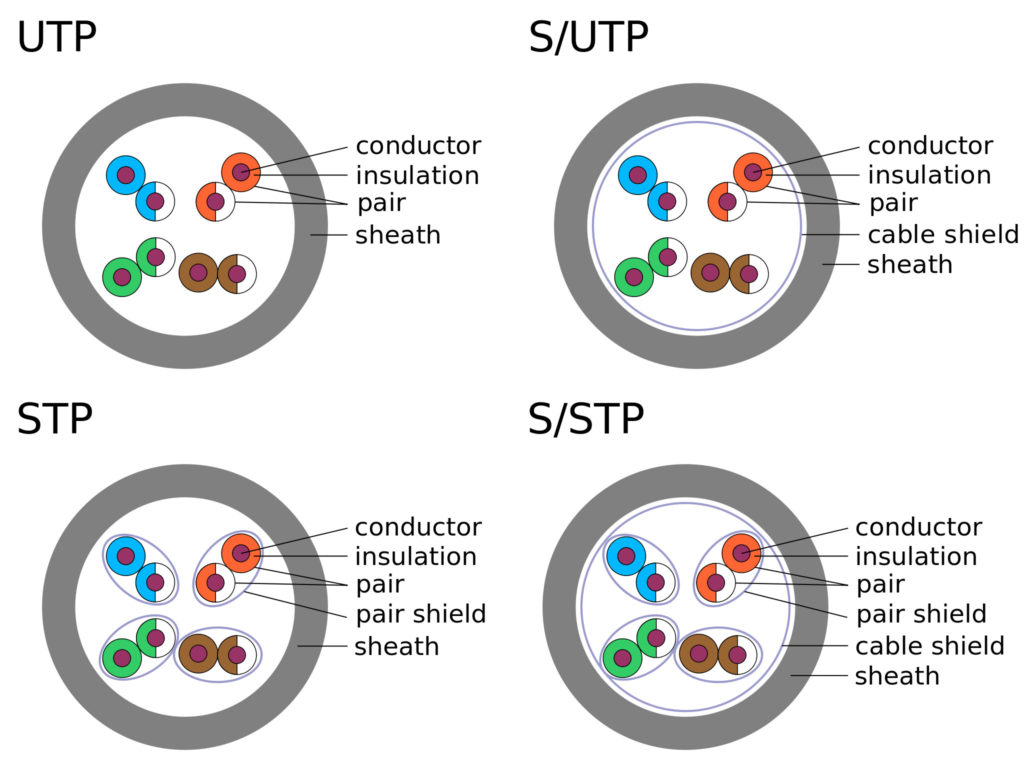 The next thing we should look at is shielding. Since cables are physical means, interference can happen, in the case of electrical cables we have electromagnetic interference from the outside or crosstalk inside the cable. That’s why a cable can be shielded to reduce such interference. Fiber-based cables are always shielded since no communication could be possible otherwise. There are four different shield configurations:
The next thing we should look at is shielding. Since cables are physical means, interference can happen, in the case of electrical cables we have electromagnetic interference from the outside or crosstalk inside the cable. That’s why a cable can be shielded to reduce such interference. Fiber-based cables are always shielded since no communication could be possible otherwise. There are four different shield configurations:
- Unshielded Twisted Pair (UTP): the most basic configuration, there are no shields.
- Shielded Twisted Pair (STP): in this case the twisted pairs are shielded from each other. Each pair has its shield.
- Shielded/Unshielded Twisted Pair (S/UTP): in this cable the whole cable is shielded but the twisted pairs are not.
- Shielded/Shielded Twisted Pair (S/STP): in this case both the cable and the twisted pairs are shielded.
To tell the truth the matter is a little bit more complex. The STP acronym is quite used but it isn’t really standard. Also, there are two kinds of shielding: foiling and braiding. To look more into this I suggest you to read this paragraph from Wikipedia.
Ethernet Cable connectors
 The last thing to look at is cable connectors. There are many connectors out there but in Ethernet one connector dominates the landscape: RJ45. This is probably the symbol of the whole Ethernet Stack, and it is for a reason. It is modular: adapts to many standards and can be used in different configurations. RJ45 is a 8P8C (8 positions 8 contacts) connector that is used in twisted pair cables. Fiber-based cables have different connectors.
The last thing to look at is cable connectors. There are many connectors out there but in Ethernet one connector dominates the landscape: RJ45. This is probably the symbol of the whole Ethernet Stack, and it is for a reason. It is modular: adapts to many standards and can be used in different configurations. RJ45 is a 8P8C (8 positions 8 contacts) connector that is used in twisted pair cables. Fiber-based cables have different connectors.
Ethernet Physical Layer
All up to now forms the so-called Physical Layer of the Ethernet family (since it is also a protocol). Each type of Ethernet requires a different category of cable and has certain speed and can run for a certain amount of meters. Let’s take a look at the most important ones:
| Common name | IEEE name | Speed | Material | Maximum Length |
| Ethernet | 10BASE-T | 10Mbps | Copper | 100m |
| Fast Ethernet | 100BASE-T | 100Mbps | Copper | 100m |
| Gigabit Ethernet | 1000BASE-T | 1Gbps | Copper | 100m |
| Gigabit Ethernet | 1000BASE-LX | 1Gbps | Fiber | 5000m |
| Ten Gigabit Ethernet | 10GBASE-T | 10Gbps | Copper | 100m |
The first number (and suffix) represent the speed, then there is the word BASE and then a letter or a letter combination (in old coaxial cables a number) representing the material of the cable. Each layer requires a certain type of cable, for example cat5 is suitable for 10BASE-T and 100BASE-T, and most of the times 1000BASE-T, but for the last one cat5e is suggested.
This table isn’t complete at all, take a look here for a full reference.
Ethernet cable configurations
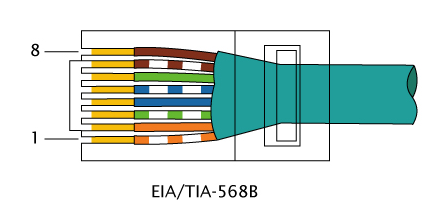 The (this time for real) last thing is configuration. In a common Ethernet twisted pair cable we have 4 twisted pairs, if we were to position each cable composing the pair whimsically we would have a bad time since our devices wouldn’t know how to use each cable. That’s why each cable composing the pair follows a standard. Among the standards there is a pretty important one: TIA/EIA-568 which defines two terminations: T568A and T568B. Based on these two, we have two types of cables:
The (this time for real) last thing is configuration. In a common Ethernet twisted pair cable we have 4 twisted pairs, if we were to position each cable composing the pair whimsically we would have a bad time since our devices wouldn’t know how to use each cable. That’s why each cable composing the pair follows a standard. Among the standards there is a pretty important one: TIA/EIA-568 which defines two terminations: T568A and T568B. Based on these two, we have two types of cables:
- Straight-through cables: both ends of the cable are configured in the T568A way.
- Crossover cables: one end is T568A and the other is T568B.
You usually use crossover cables to connect two similar devices. E.g. two computers, two switches. Although in the past this was strictly needed to connect two similar devices, nowadays many devices detect the use of a straight-through cable and perform couple switching without the need of a crossover cable.
First image thanks to hdaniel.
All the other images thanks to Wikimedia commons.
- 2020 A year in review for Marksei.com - 30 December 2020
- Red Hat pulls the kill switch on CentOS - 16 December 2020
- OpenZFS 2.0 released: unified ZFS for Linux and BSD - 9 December 2020
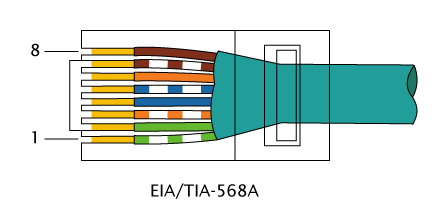
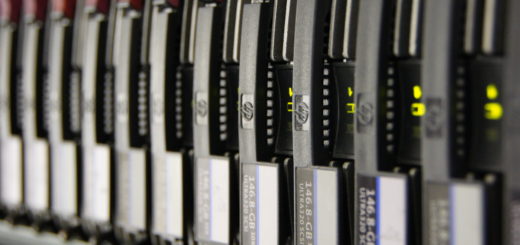
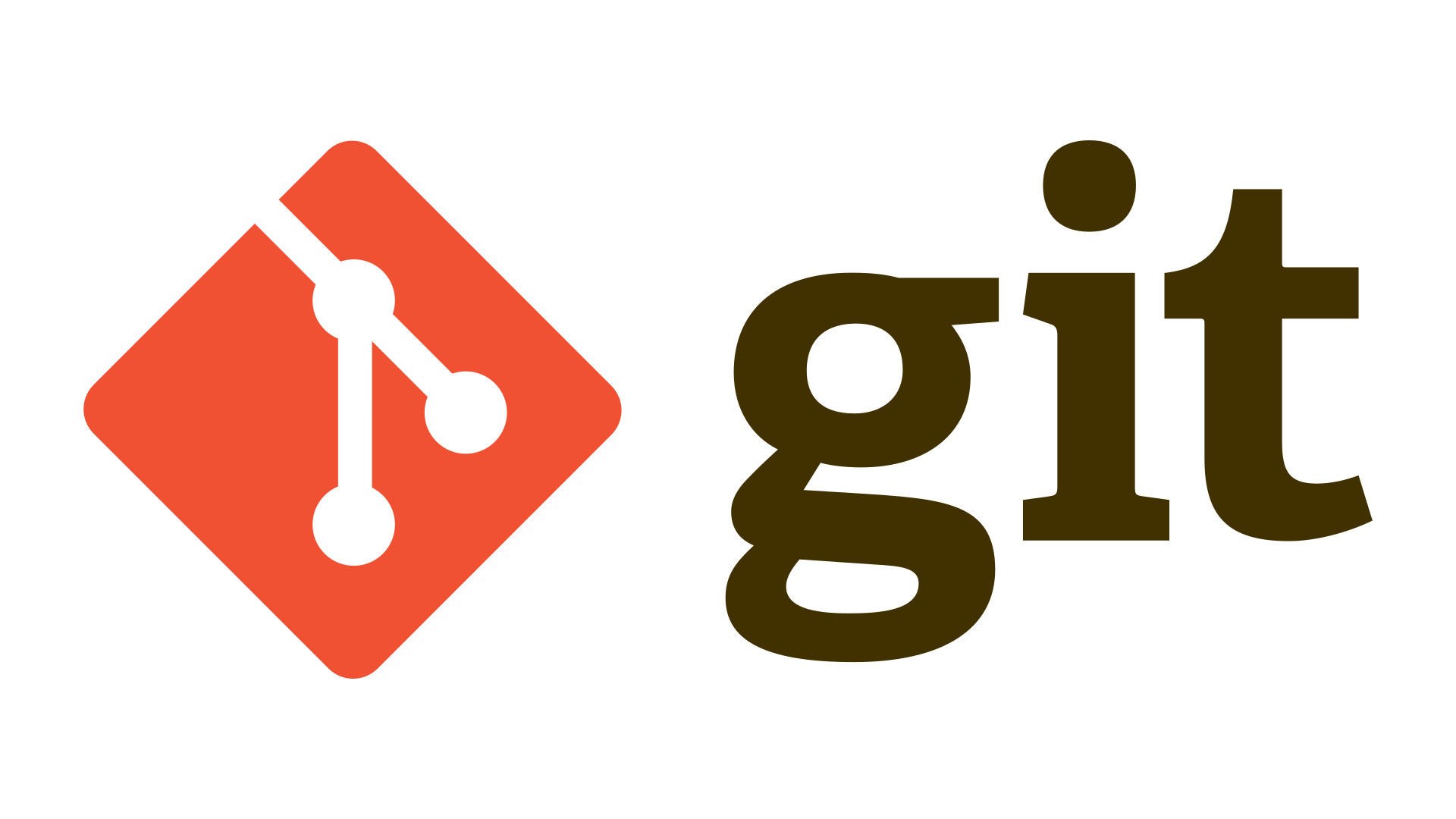
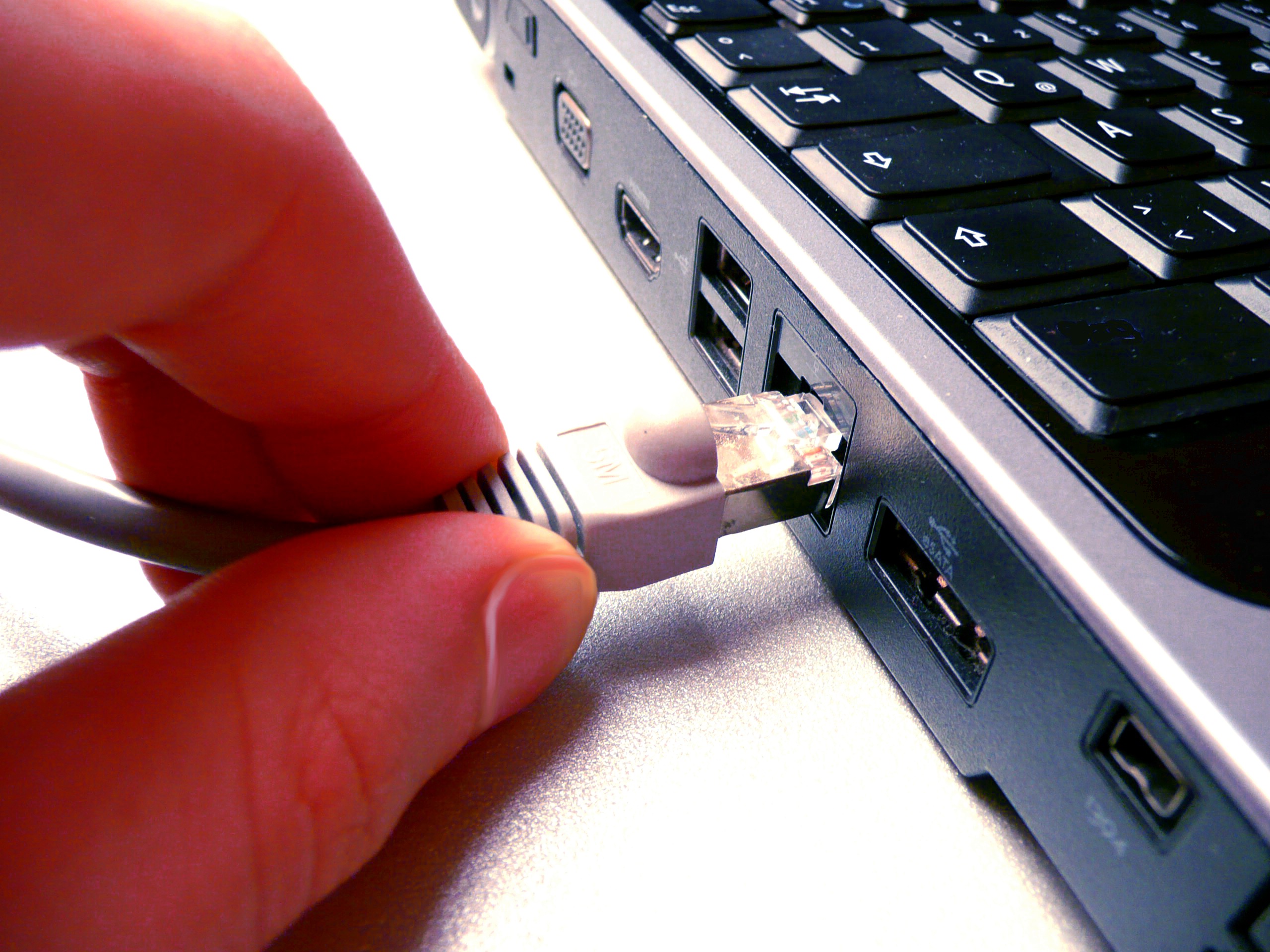






Recent Comments